Cast Iron
Decorative cast iron ornaments offer a unique blend of beauty and durability, making them an exceptional choice for enhancing both residential and commercial properties. Unlike other materials, cast iron possesses a timeless elegance that can elevate the aesthetic appeal of any space. One of the key advantages of using decorative cast iron ornaments is their resistance to the elements. These ornaments are designed to withstand harsh weather conditions, ensuring that their intricate designs and rich finishes remain intact over time. When integrated with ornamental cast iron panels, they create a cohesive look that enhances the overall charm of your property.
Wrought iron fence ornaments serve not only as decorative elements but also as a means of personal expression. Homeowners can choose from a wide variety of designs, including floral motifs, geometric patterns, and traditional styles, allowing for customization that reflects their unique tastes. This versatility makes cast iron ornaments ideal for a range of applications, from elegant garden settings to sophisticated urban landscapes.
Furthermore, the durability of cast iron ensures that these ornaments will not only add visual interest but also maintain their structural integrity. Unlike plastic or wood, which may deteriorate or fade, cast iron provides a long-lasting solution that requires minimal maintenance. Additionally, the weight of cast iron makes it less susceptible to theft and damage from strong winds, adding a layer of security to your decorative installations. Overall, decorative cast iron ornaments, particularly when paired with wrought iron fence elements, create a stunning and enduring enhancement that can increase the curb appeal and value of your property.
-
 Cast Iron Post Caps
Φ40 Φ50 Φ60 Φ80Inquire Now
Cast Iron Post Caps
Φ40 Φ50 Φ60 Φ80Inquire Now -
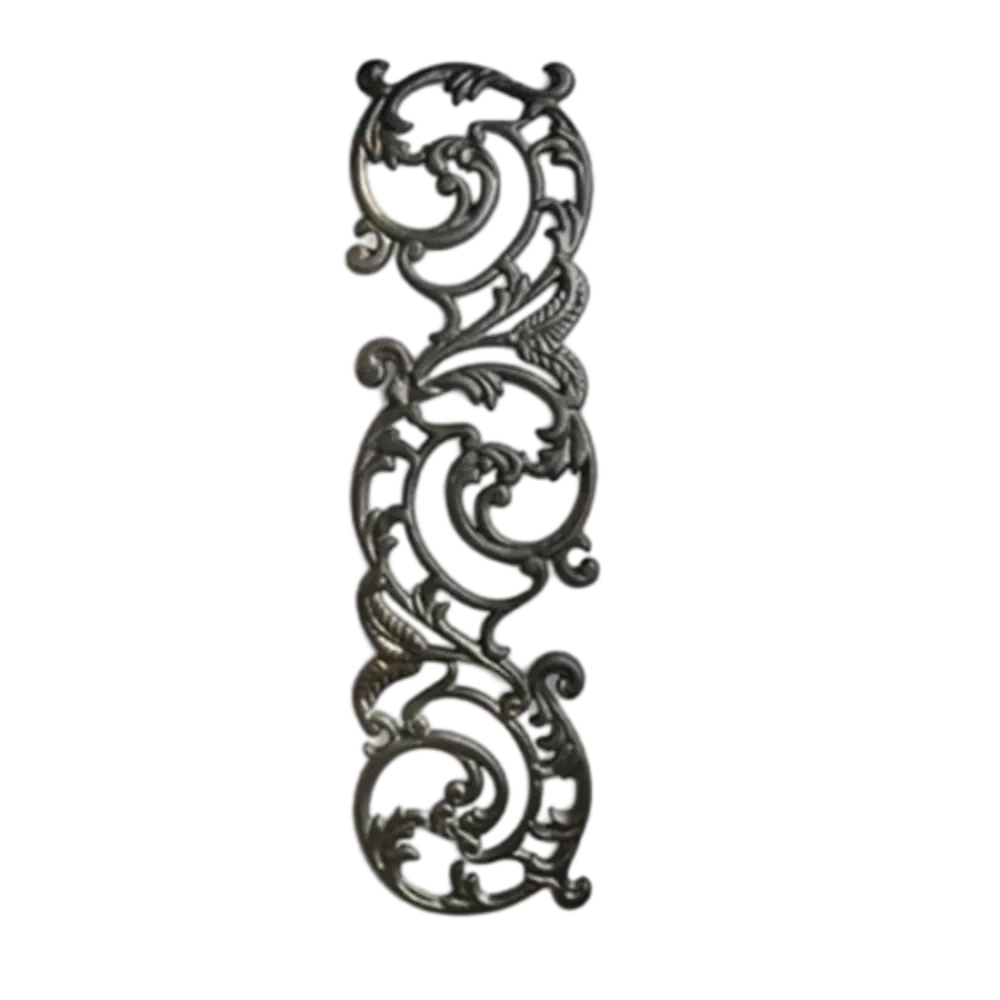 Cast Iron Railing Panel
H740*230mm 4KgInquire Now
Cast Iron Railing Panel
H740*230mm 4KgInquire Now -
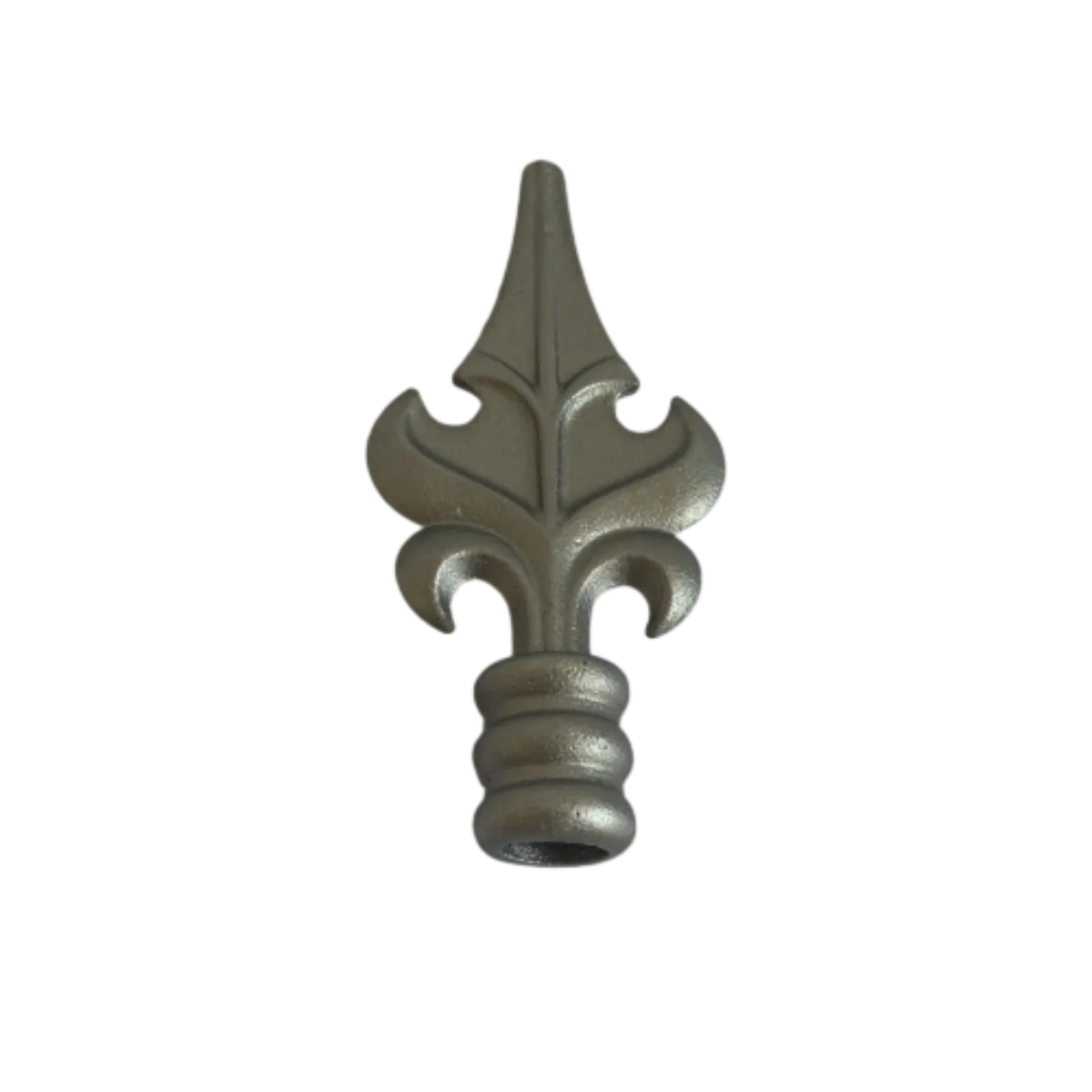 Cast Iron Components Cast Iron Spear
○5/8" H155*W66 0.24KgInquire Now
Cast Iron Components Cast Iron Spear
○5/8" H155*W66 0.24KgInquire Now -
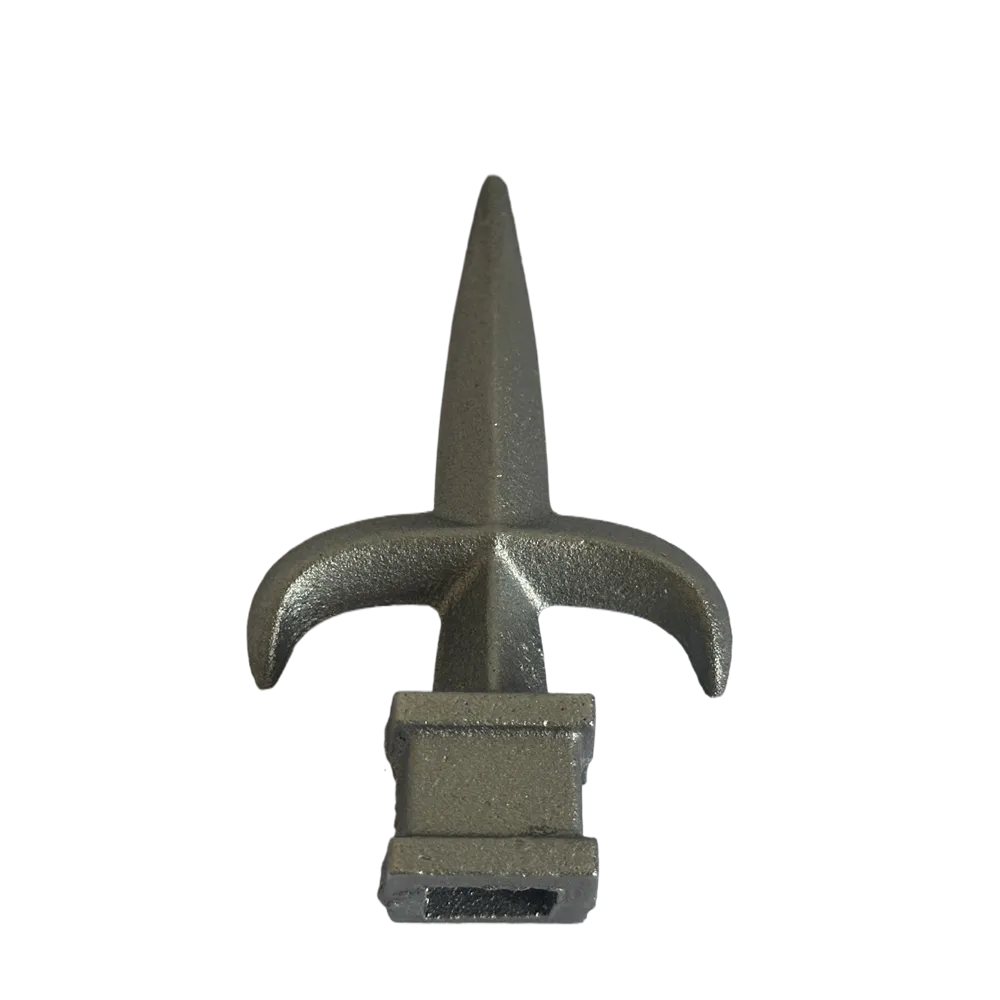 Cast Iron Spears
口5/8" 口1/2" 口3/4"Inquire Now
Cast Iron Spears
口5/8" 口1/2" 口3/4"Inquire Now -
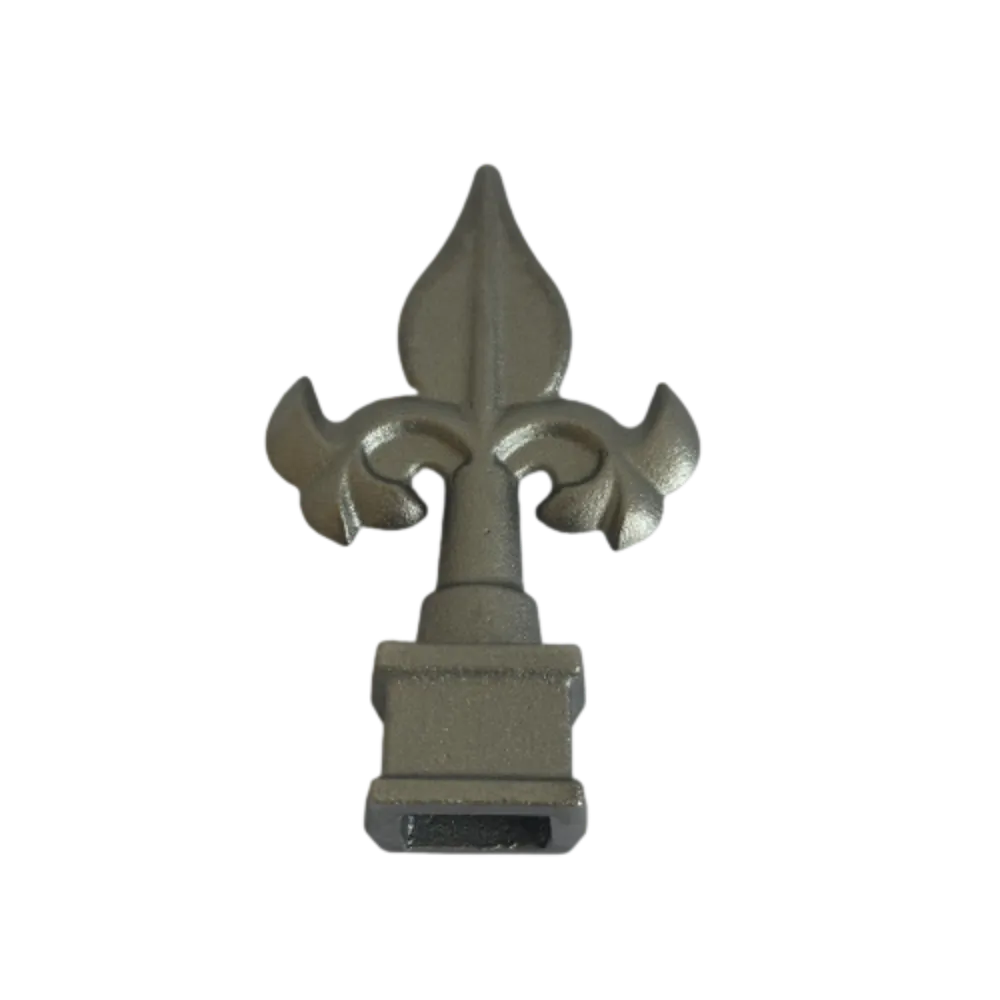 Decorative Finals
口1/2" 口5/8" 口3/4" H116*76mm 0.17KgInquire Now
Decorative Finals
口1/2" 口5/8" 口3/4" H116*76mm 0.17KgInquire Now -
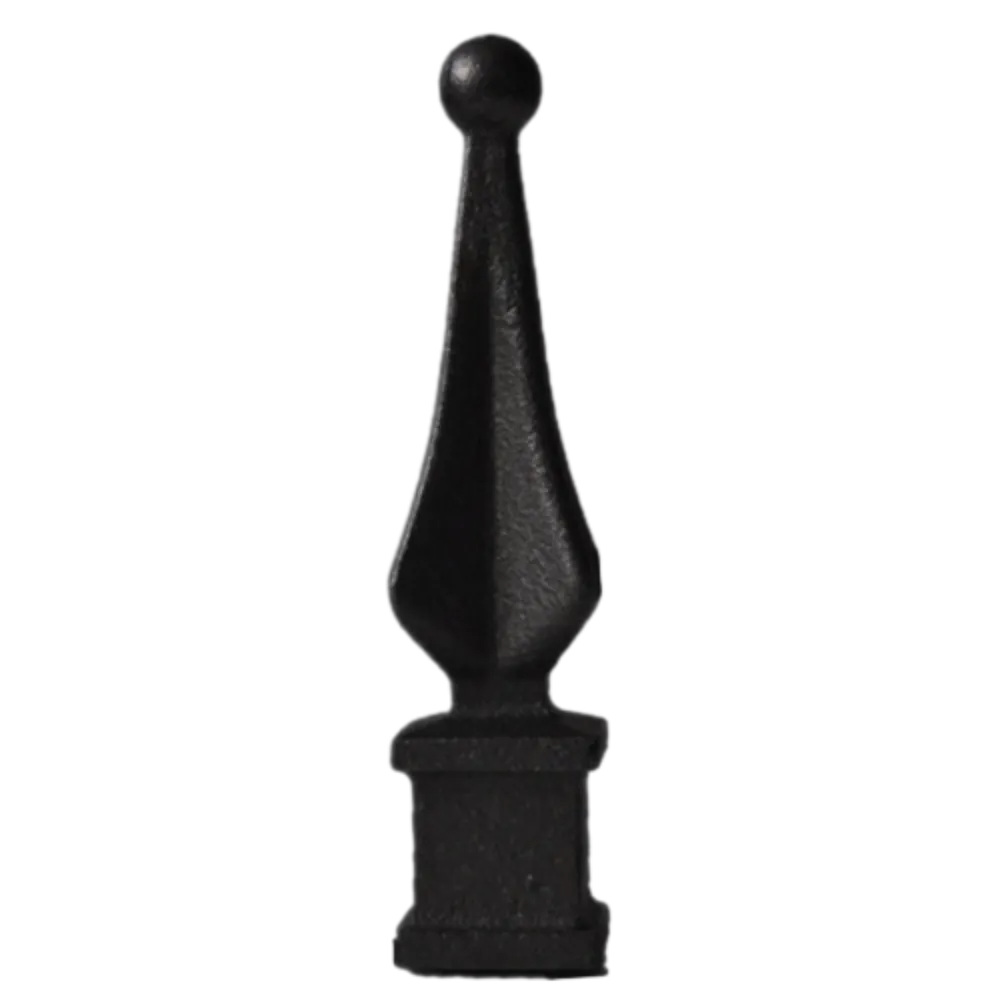 Cast Iron Railheads
H107*W26 口1/2" 口5/8" 口3/4"Inquire Now
Cast Iron Railheads
H107*W26 口1/2" 口5/8" 口3/4"Inquire Now -
 Cast Iron Spear Point Finial
口1/2" 口5/8" H137*W90mmInquire Now
Cast Iron Spear Point Finial
口1/2" 口5/8" H137*W90mmInquire Now -
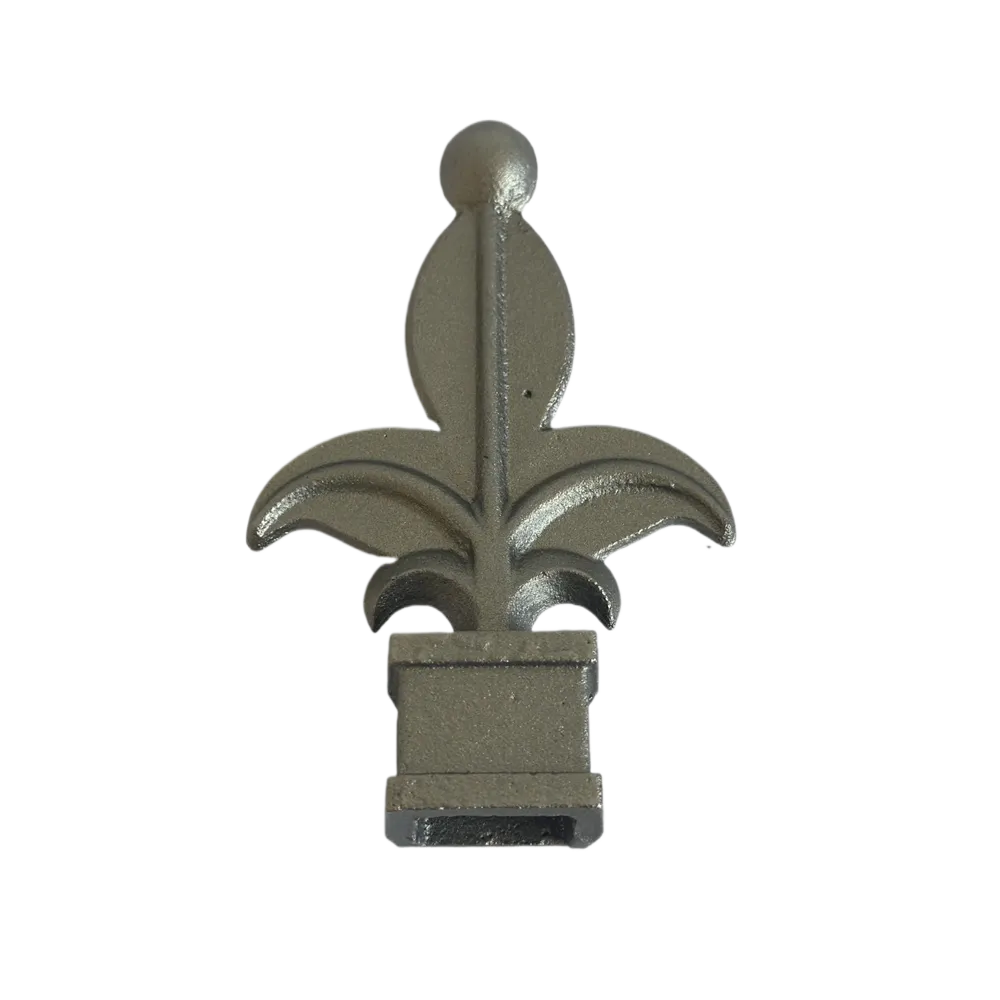 Cast Iron Spearheads
口1/2" H123*W73mm 0.17Kg 口5/8" H123*W73mm 0.17Kg 口3/4" H123*W73mm 0.19KgInquire Now
Cast Iron Spearheads
口1/2" H123*W73mm 0.17Kg 口5/8" H123*W73mm 0.17Kg 口3/4" H123*W73mm 0.19KgInquire Now -
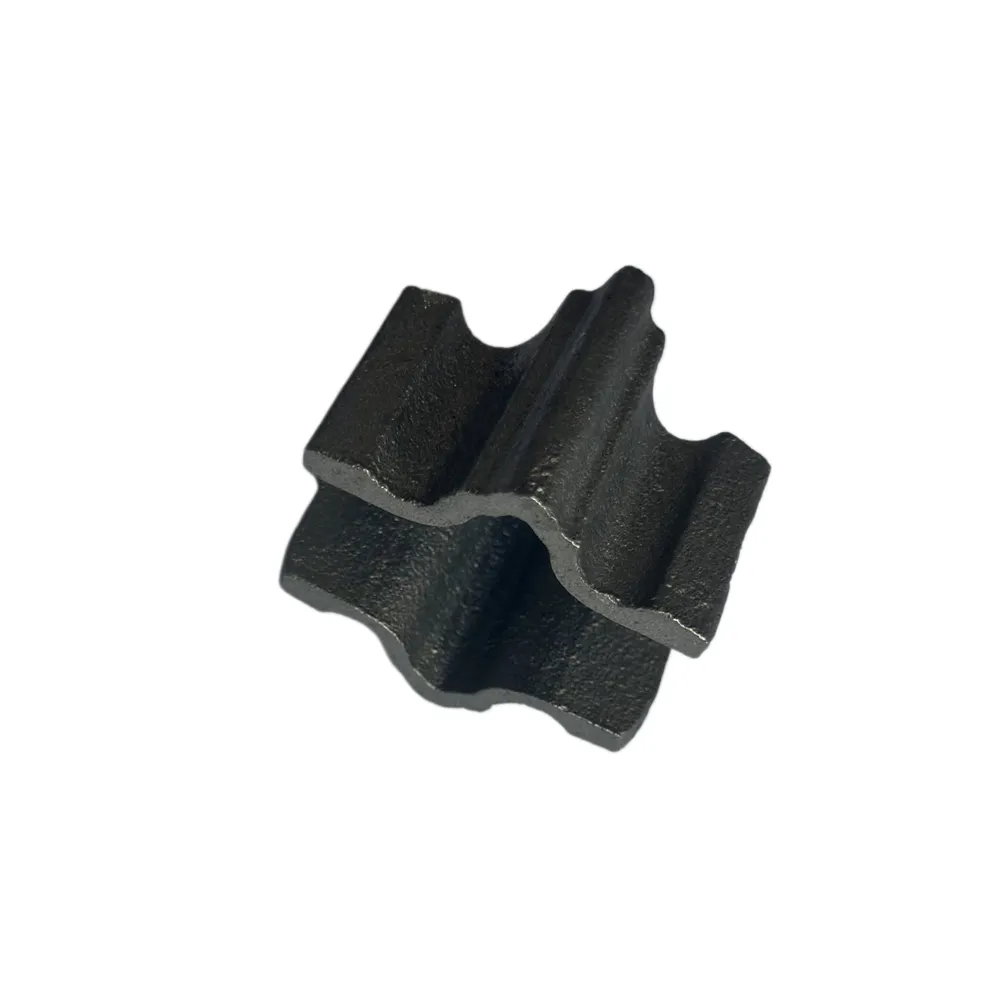 Wrought Iron half Collar
H45cm*W19cm 口14mmInquire Now
Wrought Iron half Collar
H45cm*W19cm 口14mmInquire Now -
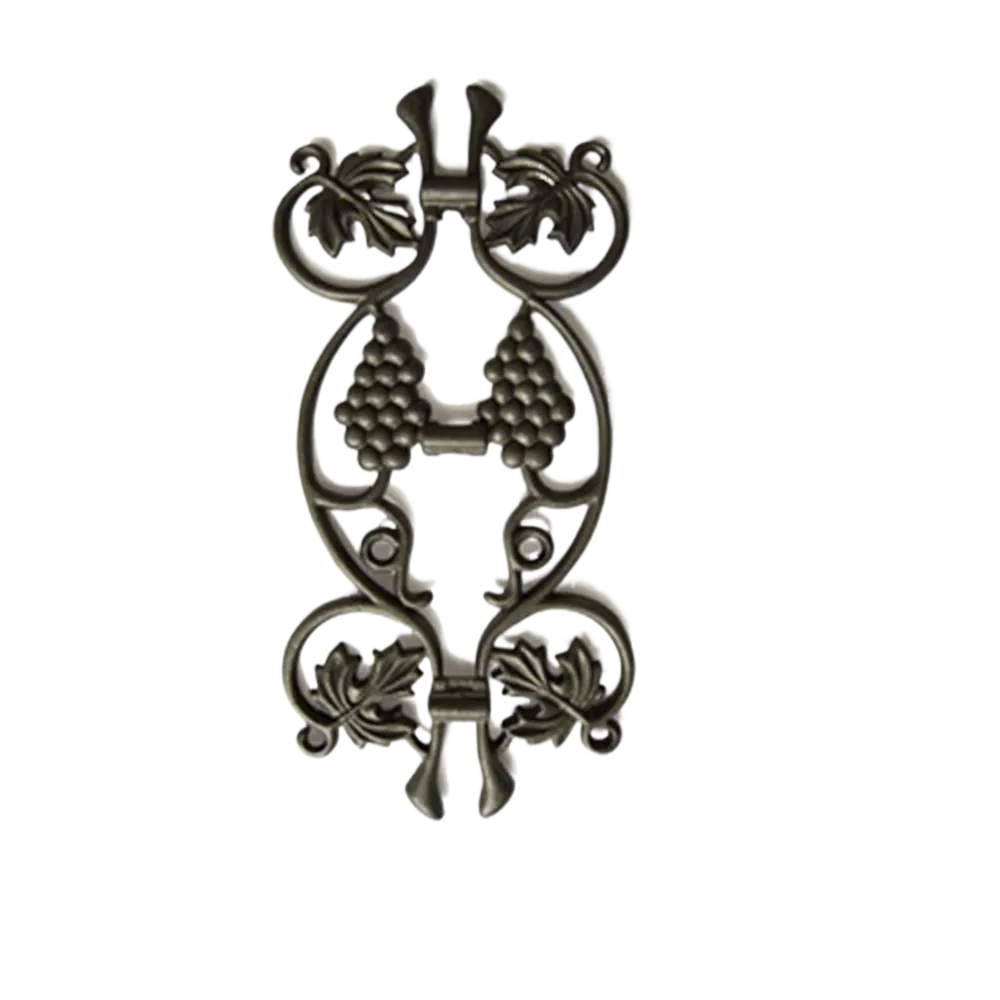 I-Cast Iron Panels
H390*W200 口1/2" 2.2Kg 口5/8" 1.7KgInquire Now
I-Cast Iron Panels
H390*W200 口1/2" 2.2Kg 口5/8" 1.7KgInquire Now
Application of Cast Iron Ornaments
In the realm of architectural design and home improvement, cast iron ornaments have long been celebrated for their durability, versatility, and aesthetic appeal. One of the most celebrated applications of these ornamental pieces is in the enhancement of gates. Cast iron ornaments for gates are not just functional elements but are also instrumental in adding a touch of elegance and sophistication to any entryway.
The Rich History of Cast Iron Ornaments
Cast iron has been used for centuries, dating back to the early industrial period. Its ability to be molded into intricate designs made it a popular choice for decorative purposes. The use of cast iron ornaments can be traced to various architectural styles, with each era contributing unique designs that continue to influence modern applications.
Why Choose Cast Iron Ornaments for Gates?
1. Durability: Cast iron ornaments are known for their longevity and ability to withstand various environmental conditions. This makes them ideal for outdoor applications, including gates that face the elements year-round.
2. Aesthetic Appeal: With a wide range of designs available, cast iron ornaments can add significant aesthetic value to gates. From ornate scrollwork to simple, elegant shapes, the variety ensures that there is something for every taste and style.
3. Customization Options: Cast iron can be customized in terms of finish and color, allowing homeowners to match their gates with other elements of their property. Whether you prefer a rustic, aged look or a sleek, polished finish, cast iron can accommodate.
4. Enhanced Security: In addition to their decorative functionality, cast iron ornaments can reinforce the structural integrity of a gate. They can act as deterrents against unauthorized entry while still providing a welcoming look.
Applications of Cast Iron Ornaments for Gates
Cast iron ornaments can be applied in various configurations and styles, specifically designed to enhance both functionality and appearance:
- Gate Tops and Finials: Ornamental tops and finials made from cast iron can add height and an eye-catching element to gates, creating a visually striking first impression.
- Infill Panels: Integrating cast iron ornamental panels within the gate structure allows for intricate designs that are both beautiful and functional. These panels can serve as both decoration and a barrier while maintaining visibility.
-Hinges and Locking Mechanisms: Cast iron can also be utilized in functional components of gates, such as hinges and locking mechanisms. These decorative elements not only serve their intended purpose but do so with style.
Why Choose TJJ Ornamental Cast Iron Manufacturer
When it comes to selecting a reliable cast iron products supplier for your decorative needs, TJJ stands out among the multitude of ornamental cast iron manufacturers. With a legacy of excellence and commitment to quality, TJJ has established itself as a premier choice for those seeking top-tier cast iron ornaments wholesale.
One of the primary reasons to choose TJJ is its unparalleled craftsmanship. Each piece of ornamental cast iron is created with precision and attention to detail, ensuring that every product not only meets but exceeds industry standards. TJJ prioritizes quality control at every step of the manufacturing process, enabling them to produce stunning pieces that enhance aesthetic appeal and withstand the test of time.
Moreover, TJJ offers an extensive range of wrought iron components that cater to various decorative styles and preferences. Whether you are looking for intricate garden sculptures, elegant railings, or bespoke designs, TJJ’s diverse portfolio ensures that you will find the perfect items to complement your project. Their ability to customize designs according to client specifications further sets them apart from other ornamental cast iron manufacturers.
Another advantage of partnering with TJJ for cast iron ornaments wholesale is their commitment to sustainability. The company utilizes environmentally friendly practices in production, ensuring that their impact on nature is minimal while still delivering high-quality products. This dedication to sustainability is increasingly important to consumers and businesses alike, making TJJ a responsible choice in today’s market.
In conclusion, when searching for trustworthy ornamental cast iron manufacturers, Shijiazhuang TJJ should be at the top of your list. Their commitment to quality, vast product range, customization options, and sustainable practices make them an ideal partner for all your cast iron ornament needs. Choose TJJ and experience the difference quality craftsmanship can make.
Cast Iron Ornament FAQs
What are wrought iron components used for?
Wrought iron components are primarily used in decorative and functional applications due to their durability and malleability. They are commonly found in cast iron gates, cast iron fences, cast iron railing panels, and balconies, providing both security and aesthetic appeal in residential and commercial settings. Wrought iron's distinctive appearance, with its textured surface and ability to be shaped into intricate designs, makes it popular for ornamental furniture, garden accessories, and interior fixtures such as curtain rods and light fixtures. Additionally, wrought iron is used in architectural restorations and historical buildings due to its traditional craftsmanship. Its resistance to corrosion, especially when properly maintained, adds to its long-lasting functionality, making it an ideal material for outdoor structures exposed to the elements.
How do I choose the right wrought iron components for my project?
When choosing wrought iron components for your project, consider the design, durability, and function. Start by assessing the style you want to achieve—whether traditional, ornate, or modern—since wrought iron comes in various decorative patterns. For outdoor projects, select galvanized or powder-coated components to prevent rust and corrosion. Also, evaluate the strength of the material based on the project's load requirements, such as gates or railings, which need sturdier pieces. If customization is key, look for us offering bespoke components that can be tailored to your specifications. Lastly, ensure the components you choose are compatible with any welding or assembly methods required for your project, and align with local building codes for safety and compliance.
Are wrought iron components resistant to rust and weather damage?
Wrought iron components are moderately resistant to rust and weather damage, but they are not completely immune. Due to the high iron content, wrought iron is prone to rusting when exposed to moisture and oxygen over time. However, its dense structure provides some natural corrosion resistance compared to other forms of iron. To enhance durability, wrought iron is typically treated with protective coatings such as paint, powder coatings, or galvanization, which form a barrier against moisture and oxidation. Regular maintenance, including repainting or reapplying protective layers, is essential to prevent rust and weather damage. When properly cared for, wrought iron components can endure harsh outdoor conditions while maintaining their strength and aesthetic appeal.
Can I customize wrought iron components for my project?
Yes, you can customize wrought iron components for your project. Wrought iron is highly malleable, making it ideal for creating bespoke designs tailored to your specifications. Whether you're looking for intricate patterns, specific shapes, or unique sizes, we offer custom fabrication services to match your vision. From decorative iron ornaments and door and window hardware to decorative accents and furniture, wrought iron can be crafted to complement your project's aesthetic while offering durability and strength. You can work with a specialist to choose design elements such as scrolls, twists, and finials, ensuring that the components align with your style and functional requirements. Customizing wrought iron adds a personal touch and enhances the uniqueness of your design.
What is the difference between cast iron and wrought iron?
Cast iron and wrought iron differ in composition, properties, and uses. Cast iron contains 2-4% carbon, making it brittle but strong under compression. It is produced by melting iron and pouring it into molds, commonly used for cookware, pipes, and heavy-duty structures.
Wrought iron, on the other hand, has a lower carbon content (less than 0.08%) and is more malleable and ductile. It is worked by heating and hammering, giving it a fibrous structure. Wrought iron is resistant to corrosion and was historically used in gates, railings, and decorative items. While cast iron is hard and prone to cracking, wrought iron is more flexible and can be welded easily.




